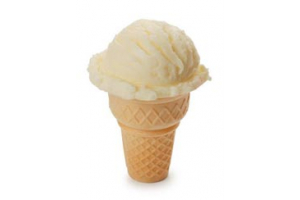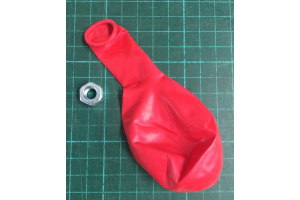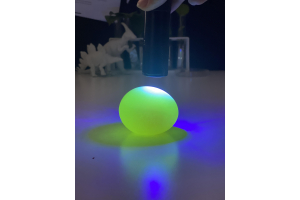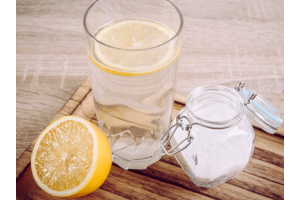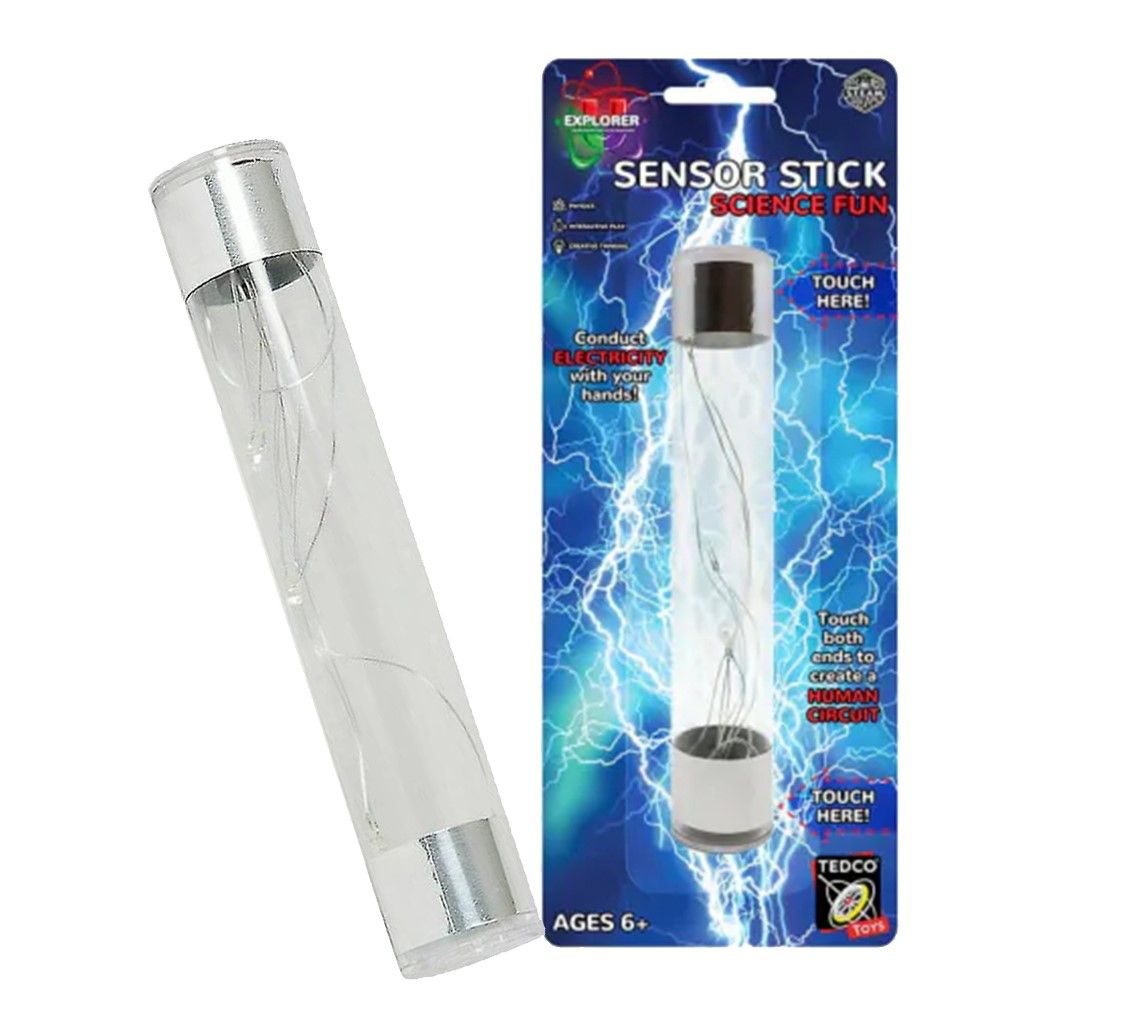Colourful Chemicals
July 26, 2017
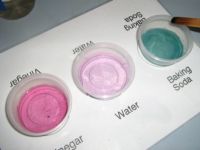
Colourful Chemicals
Use cabbage water to change kitchen chemicals different colours.

Suitable for kids aged 4+ with parental supervisionCAUTIONThe cabbage water must strictly be prepared by an adult as it involves the use of boiling water.
You Need:
- Small amount of red cabbage
- Pot of boiling water (to be handled only by an adult)
- Large container to drain cabbage water
- Baking soda
- Citric acid
- Plastic spoons
- Small plastic containers (labelled citric acid, baking soda, cabbage water)
What to do:
- Important: have an adult chop half a red cabbage and bring it to boil in water on the stove. Stir well and leave it to soak for about 15 minutes.
- Once cool, strain the now purple cabbage water and discard the pieces (you do not need them).
- Fill a plastic cup with the cooled cabbage water for use in the rest of the experiment. The remaining cabbage water can be frozen for future use.
- Cover the bottom of the three labelled dishes with cabbage water.
- Now for the fun. Add one teaspoon of citric acid to the cabbage water in the citric acid labelled dish and give it a stir. What happens?
- Add one teaspoon of baking soda to the cabbage water in the dish labelled baking soda and give it a stir. What happens?
- Tip the citric acid and cabbage solution into the baking soda and cabbage solution. What happens? Why?
- As a further experiment, test other substances with cabbage water and see what colour it turns. For a start you could test the vinegar and detergent. Other chemicals you might like to try could be: lemon juice, orange juice, toothpaste and milk.
Why is it so?
Red cabbage contains a coloured chemical which acts as an indicator. The purple dye in the cabbage water changes colour when mixed with an acid or a base. It turns a red/pink colour when mixed with an acid, and a green/blue colour when mixed with a base. Citric acid is the acid in this experiment, and when mixed with cabbage water turns a pink colour. Baking soda is the base and turns green when mixed with cabbage water. Is vinegar an acid or a base?
When citric acid is mixed with baking soda, the acid and base cancel each other out making a neutral purple solution. The bubbles are a result of a chemical reaction between citric acid and baking soda making carbon dioxide gas.
When citric acid is mixed with baking soda, the acid and base cancel each other out making a neutral purple solution. The bubbles are a result of a chemical reaction between citric acid and baking soda making carbon dioxide gas.

